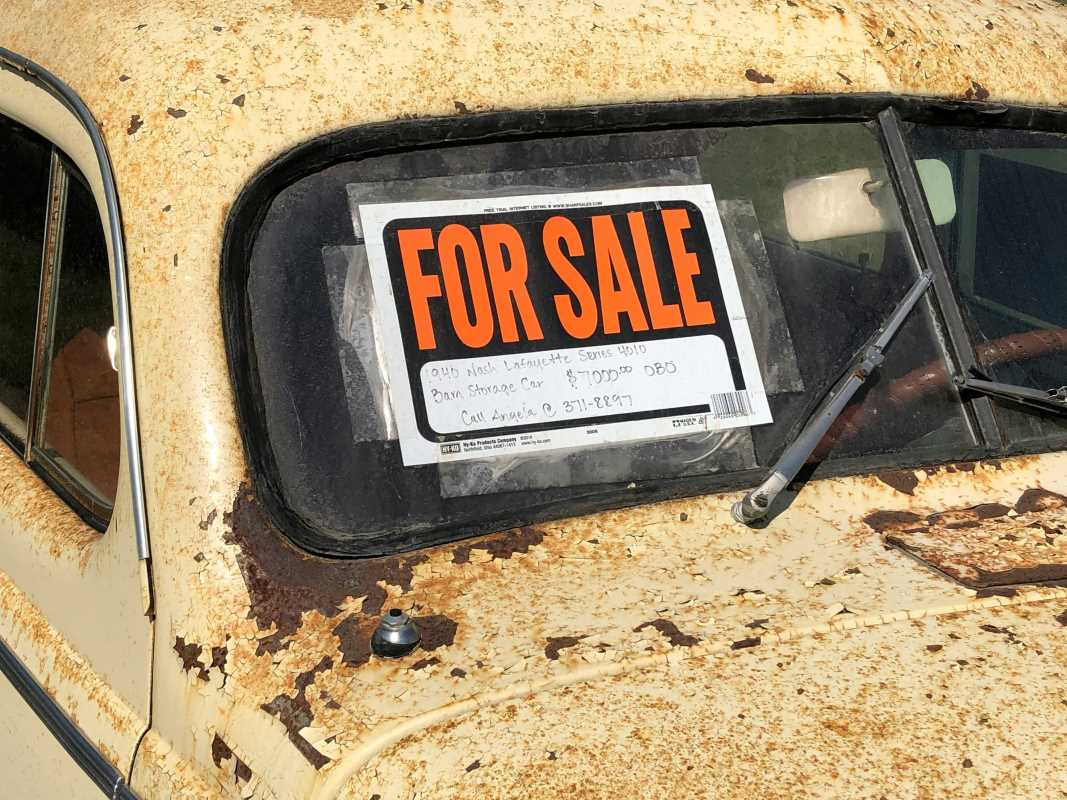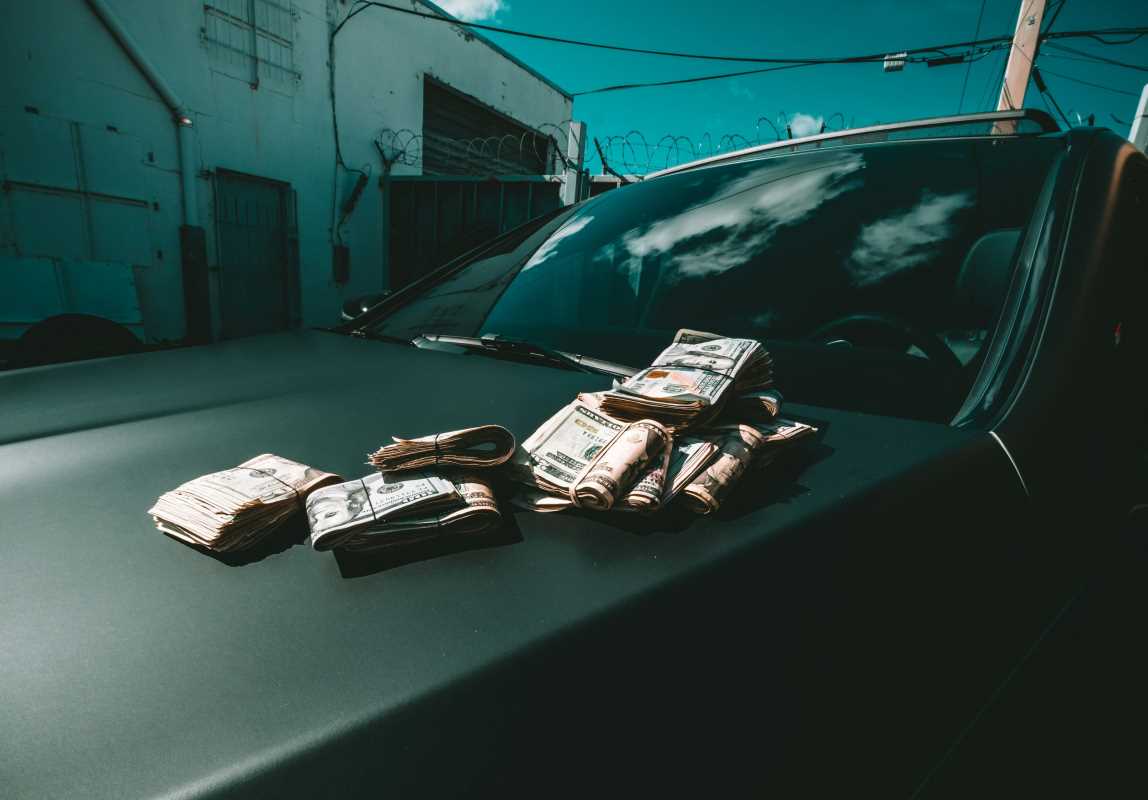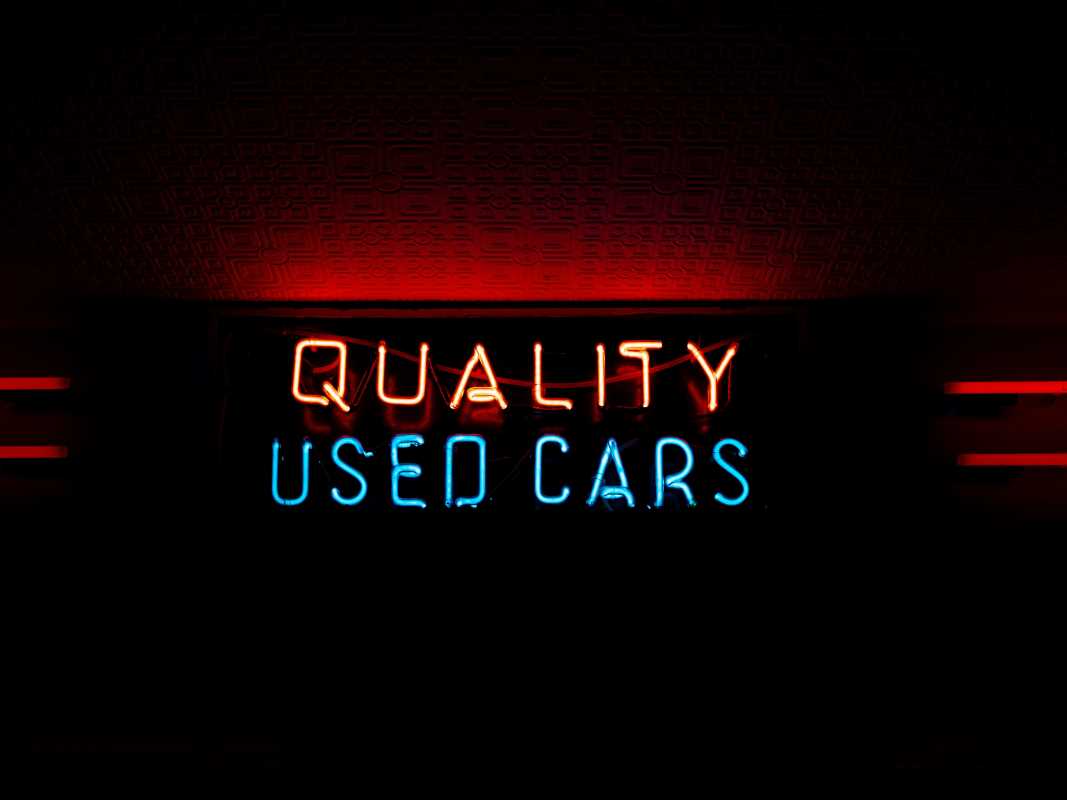Selling a leased car sounds a bit like trying to re-gift a present without offending anyone. There’s paperwork, financial fine print, and, of course, the looming threat of extra fees or penalties if something goes sideways. With leases, you’re technically borrowing a car under strict terms, so selling it can feel like walking a tightrope. But the good news?
It’s entirely possible to sell your leased car while avoiding those dreaded costs as long as you know how to play the game. Here's your roadmap to making it happen.
Understanding Lease Buyouts
Before you can consider selling your leased car, you need to wrap your head around the concept of a lease buyout. This is where you essentially purchase the car from the leasing company at the price stated in your lease agreement, which is often referred to as the “residual value.” Think of it as the leasing company offering you first dibs once your lease ends (or earlier, in most cases).
A lease buyout can work in your favor if the residual value is lower than the car’s current market value. For instance, if the market value of your car is higher than what you’ll pay to buy it out, voila! That difference represents potential profit when you sell it. Take a moment to review your lease documents or contact the leasing company to confirm the buyout price and any associated terms.
Keep in mind that while a buyout is a necessary step for selling your leased vehicle, knowing the market value of the car is equally important. Websites like Kelley Blue Book or Edmunds can help you estimate how much others are willing to pay for your specific model.
Timing Is Everything
Selling a leased car isn’t just about finding the right buyer. It’s also about selling at the right time. The end of your lease offers a prime opportunity to avoid extra fees you’d otherwise face, such as early termination fees or extra mileage charges. But there’s more to timing than just the lease conclusion.
Some car markets fluctuate wildly. When demand for used cars is high, like after production slowdowns or supply-chain hiccups, the selling price of your leased car can skyrocket. When this happens, your leased car becomes a hot commodity, making it a particularly valuable asset.
Additionally, watch out for mileage limits. If you’re approaching your lease’s mileage threshold and still have several months to go, selling sooner rather than later could save you from excess mileage fees that pile on fast. Timing your sale strategically not only saves you cash but also makes your leasing company a lot easier to deal with.
Selling Directly and Cutting Out the Middleman
Private sales are one way to avoid the markups or lowball offers that dealerships or car-buying services might throw your way. Selling directly to another individual gives you more control over the price, helping you stay ahead of fees or penalties if the deal turns out to be lucrative enough to offset your buyout costs.
The process here is simple but thorough. Start by listing your leased car on platforms like Craigslist, Facebook Marketplace, or websites specifically for car enthusiasts. Highlight features like low mileage, clean service history, or any upgrades that might appeal to a buyer. When buyers know your car is essentially “fresh off a lease,” it’s often an appealing selling point, so don’t underestimate transparency.
While private sales can help you get top dollar, remember that they can involve a bit more legwork compared to selling to a dealership or service. You’ll need to handle the paperwork carefully (more on that later) and verify that your leasing company allows private sales at all.
Considering a Lease Trade-In
Not ready to sell your leased car outright? Consider trading it in instead. Many dealerships and car-buying services are open to accommodating lease trade-ins, which is essentially you selling them the leased car as part of the process of purchasing (or leasing) another vehicle from them.
Trading in takes much of the hassle out of the process since the dealership handles the lease buyout. From there, they either resell the car or pass it on to a used car auction. The best part? You won’t have to deal with complex negotiations or title transfers. Just make sure you’ve secured a competitive offer for your leased car before heading to the dealership floor. Comparing trade-in offers between buyers helps you maximize what you walk away with.
Trade-ins are particularly appealing if you’re looking to upgrade to a new set of wheels or avoid the fuss of listing the car yourself. However, keep in mind that while this option is simpler and more convenient, it might be slightly less lucrative than a private sale.
Avoiding Common Pitfalls
Say you’ve decided on a strategy and are about to start the process, but you’re already dreading hidden fees or unforeseen penalties. Here’s how to steer clear of the most common traps:
- Read your paperwork: Before making any moves, check your lease contract. Some leasing companies impose strict rules about early terminations, buyouts, or transfers.
- Avoid mileage surprises: If you’ve racked up extra mileage, be prepared to negotiate with the leasing company as part of the buyout process.
- Be mindful of the condition: Leasing companies can charge you for damage beyond “normal wear and tear.” Take any necessary repairs into account before selling.
- Check state-by-state regulations: Some states require sales tax to be paid on the buyout price, while others don’t. Know how local laws impact your bottom line.
- Notify the leasing company: Once your car is sold, you’ll want to make sure the account is cleanly closed. This ensures no loose ends, such as additional payments or penalties.
Being proactive about potential hiccups can save you from expensive surprises that cut into your hard-earned profit.
Closing the Deal
Once you’ve found a buyer, whether it’s a private party or a dealership, and agreed on a price, it’s time to wrap everything up. Start by confirming that the leasing company allows third-party sales (some may require you to buy the car before transferring ownership). You’ll also need to coordinate funds to cover the buyout price before officially passing the title to your buyer.
Typically, the process involves settling the lease balance and handling transfer documents with both the buyer and the DMV. Having your paperwork ready to go, from the lease agreement and bill of sale to inspection reports and proof of payment receipts, is essential. Selling a leased car involves more steps than a traditional private sale, but staying organized makes it manageable.
Walking Away Fee-Free
At the heart of selling a leased car without extra fees is knowing your lease terms, calculating all costs in advance, and having the discipline to find the best buyer. Whether you’re cashing in on high market values, negotiating a sweet trade-in, or working out a private deal, the keys to success lie in timing, strategy, and transparency.
Selling a leased car might seem complicated on the surface, but with a clear plan, you can avoid common pitfalls and drive off into the sunset (in your next car, hopefully) with the satisfaction that comes from saving yourself both time and money.







